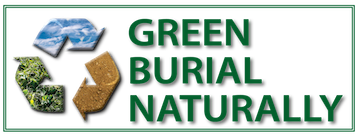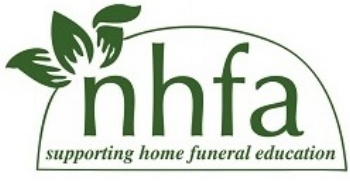When I decided last August to publish a second edition of The Natural Burial Cemetery Guide I knew it would involve tons of work but I really expected to have it ready before now. In some ways the pandemic helped me focus on chores that needed doing before publication but it also created an underlying anxiety that we all may feel scattering our thoughts and our focus.
But it is here now. Expanded with 30 new cemeteries (a couple dozen more out there decided they were too small to want the attention or were impossible to contact) and updated information on the existing cemeteries. I’ve added more photos, many from the cemeteries themselves, and redesigned maps and tinkered with the layout. You’ll find that state maps now list their cemeteries and the complete guide has a table of contents for the whole book.
As before, The Natural Burial Cemetery Guide Second Edition is available for purchase on my website, www.greenburialnaturally.org as a complete guide and in four regions, Northeast, South, Midwest and West in digital (PDF) format. A print version of the complete guide is on order, and if you visit the purchase page you can send me an email requesting notification of its arrival. I will once again offer a digital/print bundle.
Thanks, and I hope to hear your thoughts on the second edition.





